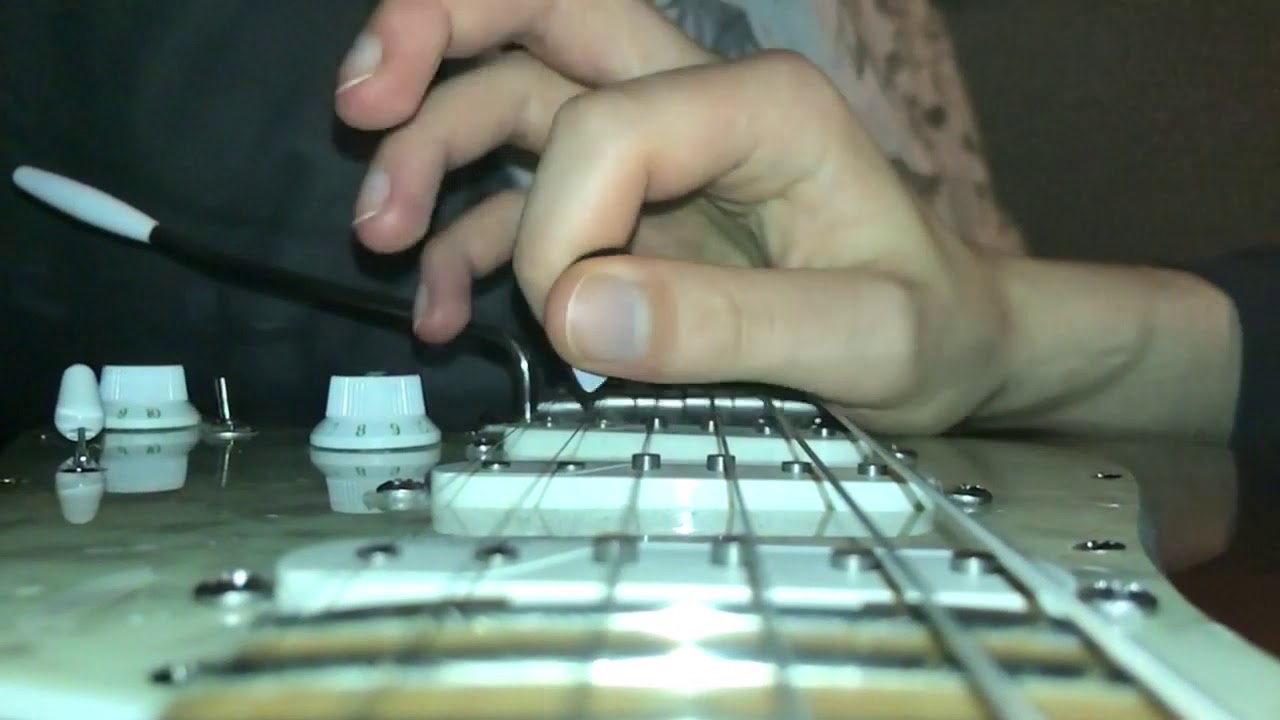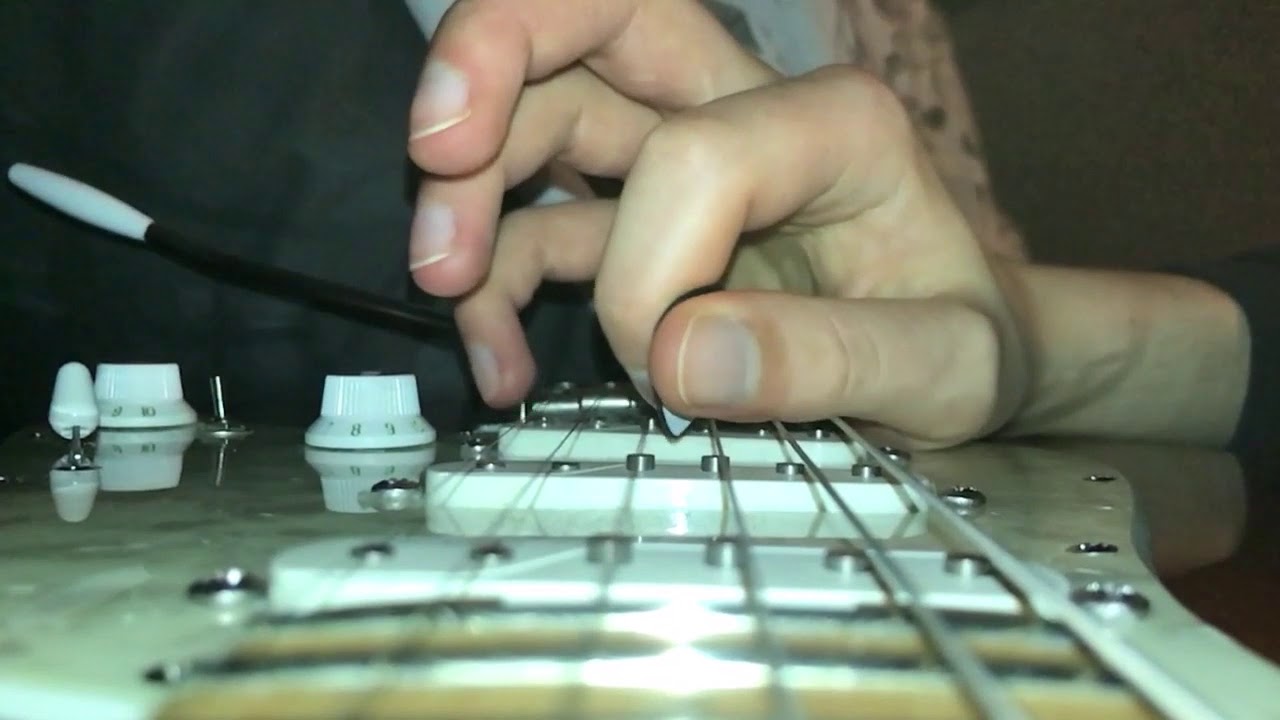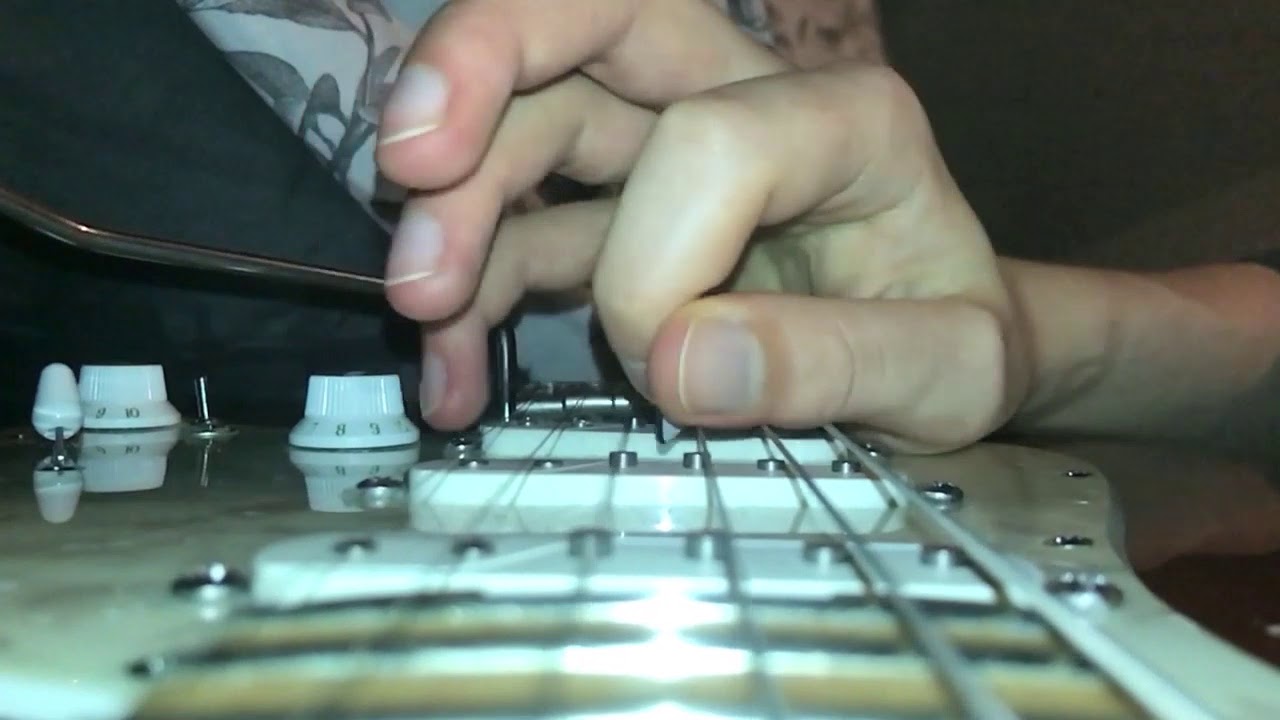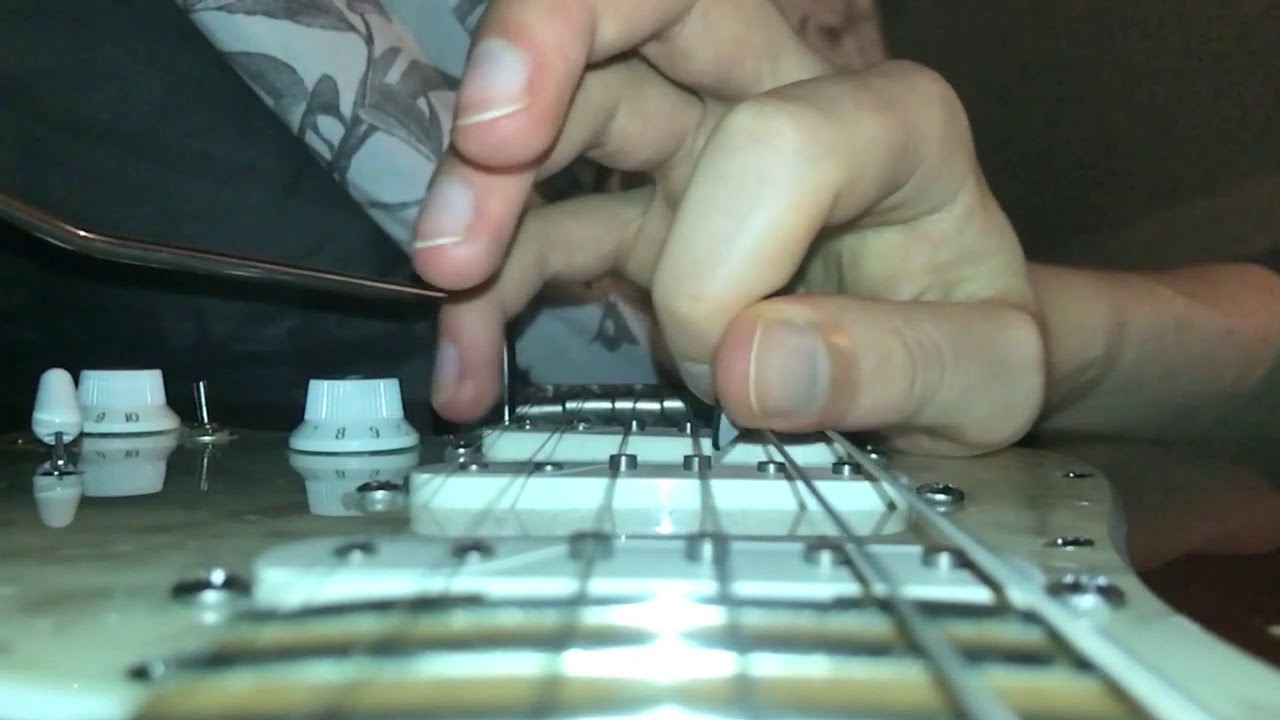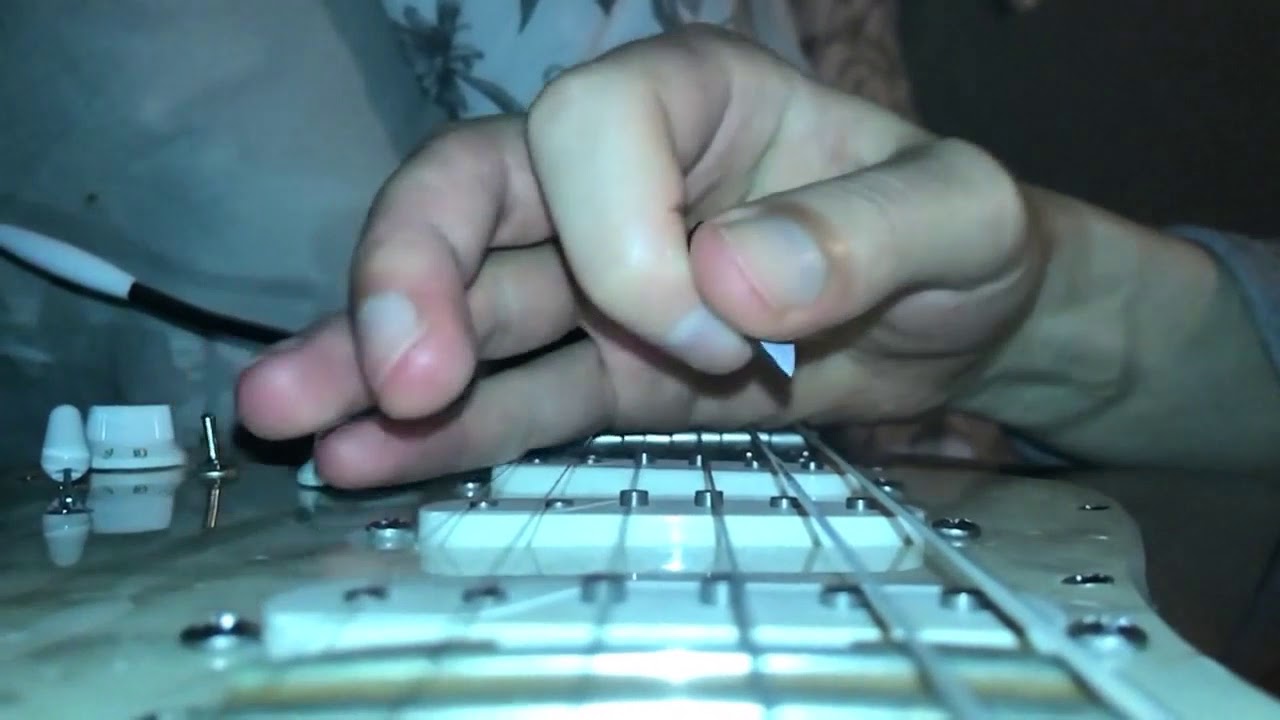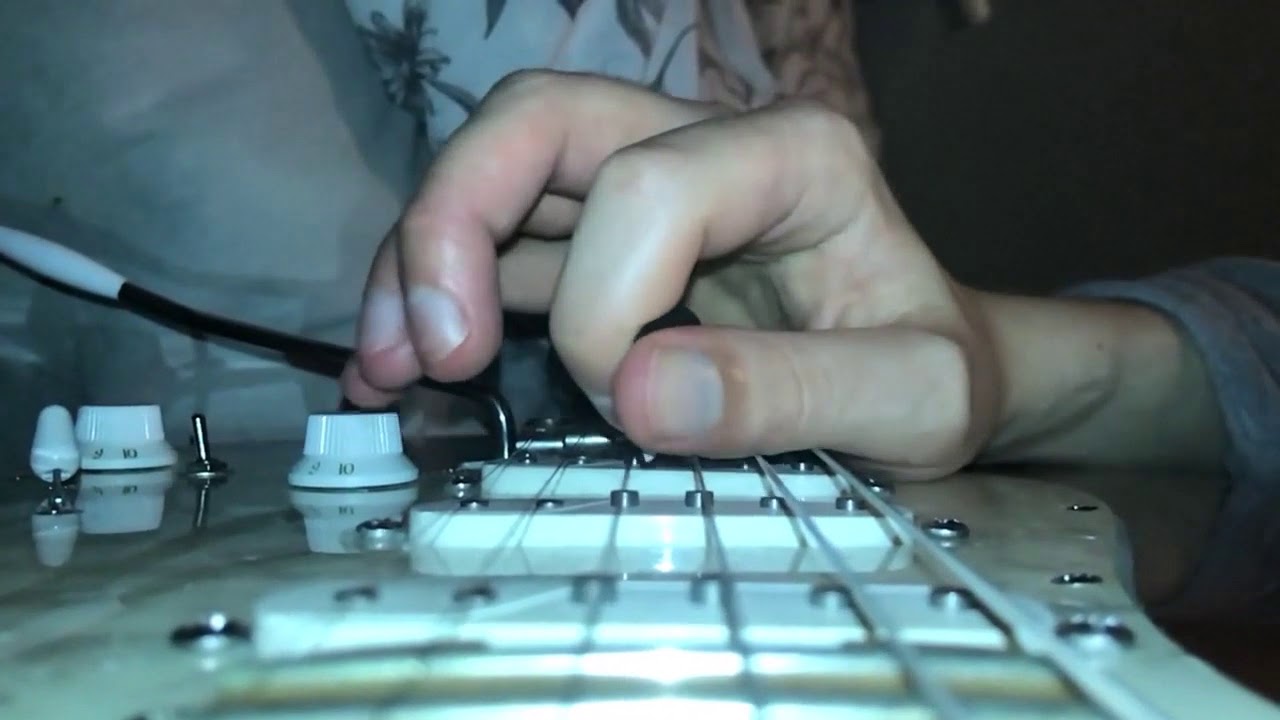Sorry for the delay in replying, I keep losing the motion and it takes me a few days to get it working again.
Troy and I had some discussions as to whether pickstroke size can be consciously controlled or not - we are not sure.
I might be misinterpreting this but I didn’t know people had an issue with controlling pickstroke size. Isn’t that (or using more pick) how people generally play louder? Troy mentioned it earlier in the thread:
One thing you can do to help learn the different feels is to try different power levels. More power will generate a larger motion for the same speed, and this will provide a more easily recognizable motion feel.
I definitely gravitate towards a smaller motion, especially as speed increases, but I’ve been messing around with bigger pickstrokes and got it working okay. Motion from the elbow usually starts to creep in as the motion gets bigger, which I can’t do without some uncomfortable tension, but there were also moments of it using just the wrist and feeling pretty good.
I tried to start with a smaller motion and gradually make it larger here:
I’ve also been trying the fully trapped tremolo picking. I can do it a bit but rather than using a neutral pickslant it looks like I’m just doing the DSX motion deeper into the strings so the downstroke can’t escape.
There’s a definite improvement in string switching using the bigger pickstrokes, at first it was pretty rough and when I looked at the video I noticed some of the pickstrokes not escaping properly like someone mentioned earlier in the thread.
I managed to iron that out and got it a bit smoother. I noticed there’s more of the pick exposed in this one too. (My high E is muted by my makeshift Magnet, which is why is sounds like that)
By the time I get to the high E the movement feels pretty shaky, I’m at the extreme range of ulnar deviation at that point so I think I need to reposition the wrist. I haven’t gotten palm muting working either but compared to how completely stuck I was until about a month ago this seems like decent progress.

